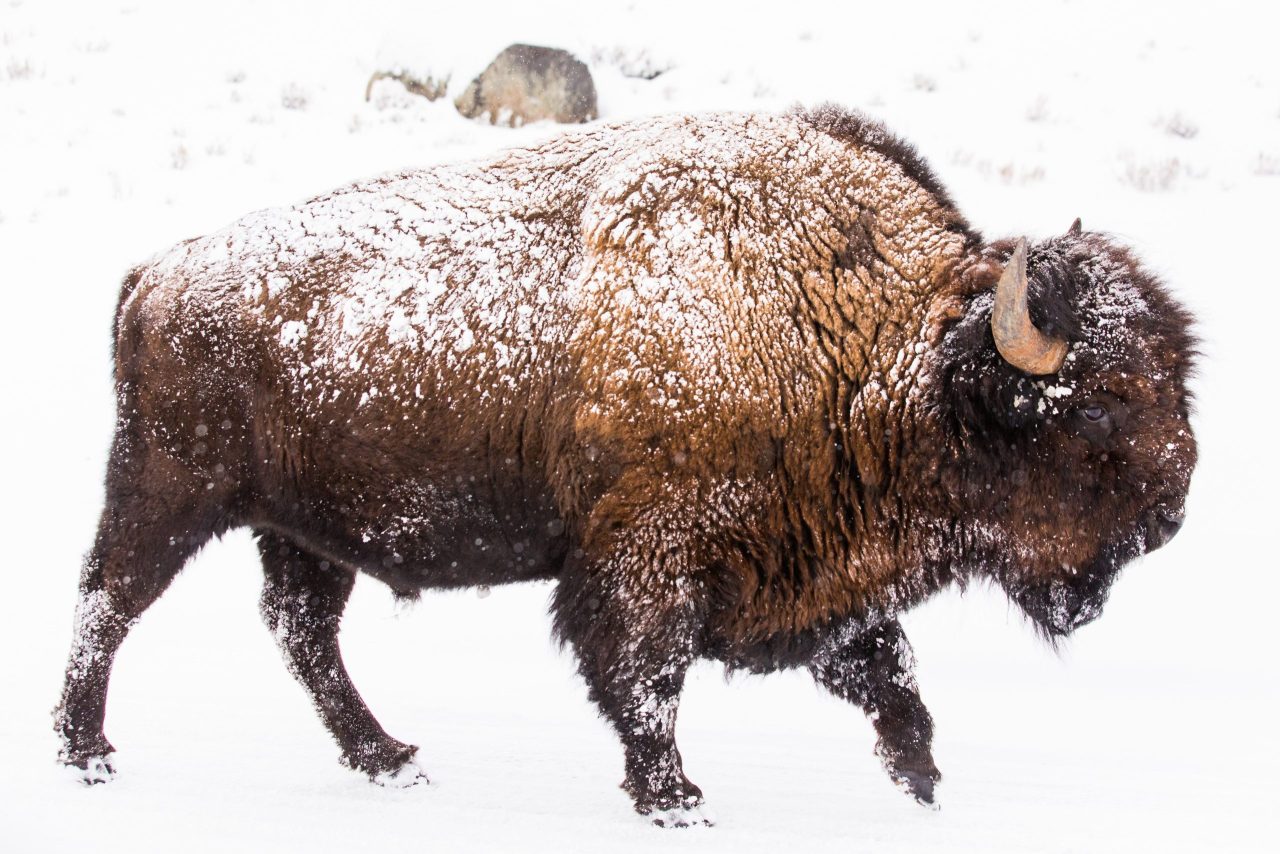The Bison, a keystone species
In the intricate tapestry of ecosystems, certain species hold a unique and irreplaceable role in maintaining ecological balance and biodiversity. The European Bison, or Bison bonasus, stands as a testament to the concept of a keystone species, wielding profound influence over its habitat and the species that share it. This essay delves into the significance of the European Bison as a keystone species, exploring its ecological impact, historical context, and the lessons it offers for conservation and restoration efforts.
Unveiling the Keystone Concept
The term “keystone species” was first coined by American ecologist Robert T. Paine in the 1960s. A keystone species exerts disproportionate influence over its ecosystem, not necessarily due to its abundance but because of the pivotal role it plays in maintaining the structure and function of the ecosystem. Removing a keystone species can lead to cascading effects, altering species composition and ultimately destabilizing the entire ecosystem.
The Resurgent European Bison: A Historical Context
The European Bison, also known as the wisent, holds a special place in history and ecology. Once abundant across Europe’s primeval forests, these magnificent creatures faced dramatic declines due to habitat loss, hunting, and the impacts of two World Wars. By the mid-20th century, the European Bison had reached the brink of extinction, with only a handful of individuals remaining.
However, dedicated conservation efforts have led to a remarkable recovery story. Through captive breeding and reintroduction programs, the European Bison has witnessed a resurgence. This recovery not only symbolizes the power of human determination and cooperation but also highlights the species’ intrinsic role as a keystone species.
The Keystone Role of the European Bison
The European Bison’s influence over its ecosystem is multifaceted, making it an exemplar of a keystone species. One of the most significant ways it shapes its environment is through its role as a “landscape engineer.” These large herbivores engage in behaviors like wallowing, grazing, and rubbing against trees, which collectively contribute to shaping the physical landscape. Wallowing creates depressions that collect water, forming small wetlands that attract various species of plants, insects, and amphibians. Grazing controls the growth of vegetation, preventing dense forests from dominating, and thus promoting a more diverse range of habitats. Rubbing against trees creates patches of bare ground, facilitating the germination of plant seeds.
Moreover, the European Bison’s presence has a profound impact on plant and animal diversity. Its foraging behaviors maintain the openness of grasslands, allowing light-dependent plants to thrive. In turn, these plant communities support a variety of insects, birds, and small mammals. The bison’s activities also provide habitat for scavengers like beetles, which feed on dung, contributing to nutrient cycling.
Cascading Effects and Trophic Interactions
The European Bison’s influence ripples through trophic levels, leading to cascading effects that shape the abundance and behavior of other species. For example, its grazing activities affect the availability of food for herbivores that share its habitat, influencing their distribution and behavior. This, in turn, has an impact on predators and scavengers that rely on these herbivores as prey or food sources.
Furthermore, the bison’s role in creating diverse habitats supports a multitude of plant species. These plants, in turn, offer food and shelter to a wide range of insects, which are critical pollinators and sources of food for birds and mammals. Thus, the European Bison’s presence indirectly affects the entire web of life in its ecosystem.
Conservation and Restoration Lessons
The resurgence of the European Bison carries invaluable lessons for conservation and restoration efforts worldwide. It underscores the importance of addressing not only the survival of a single species but also the restoration of its ecological role within its habitat. The European Bison’s recovery exemplifies the potential benefits of reintroducing keystone species to ecosystems that have lost their natural balance.
The story of the European Bison also underscores the interconnectedness of species and ecosystems. The intricate web of relationships within an ecosystem highlights the critical role that each species, particularly keystone species, plays in maintaining its health and resilience. Therefore, safeguarding keystone species becomes paramount for the preservation of biodiversity and the stability of ecosystems.
Conclusion
The European Bison’s journey from the brink of extinction to a keystone species shaping its ecosystem’s resilience is a testament to the intertwined fate of species and their habitats. Its role as a “landscape engineer,” a driver of habitat diversity, and a conduit for trophic interactions emphasizes the profound impact that a single species can have on an entire ecosystem. The European Bison embodies the concept of a keystone species, offering valuable insights into the intricate web of life and the necessity of preserving these pivotal species for the well-being of our planet.
As we navigate a world marked by ecological challenges, the lessons of the European Bison’s resurgence extend beyond its species and habitat. They remind us of the delicate balance that sustains life and the critical role we play in conserving and restoring keystone species, ensuring the resilience and vitality of ecosystems for generations to come.
